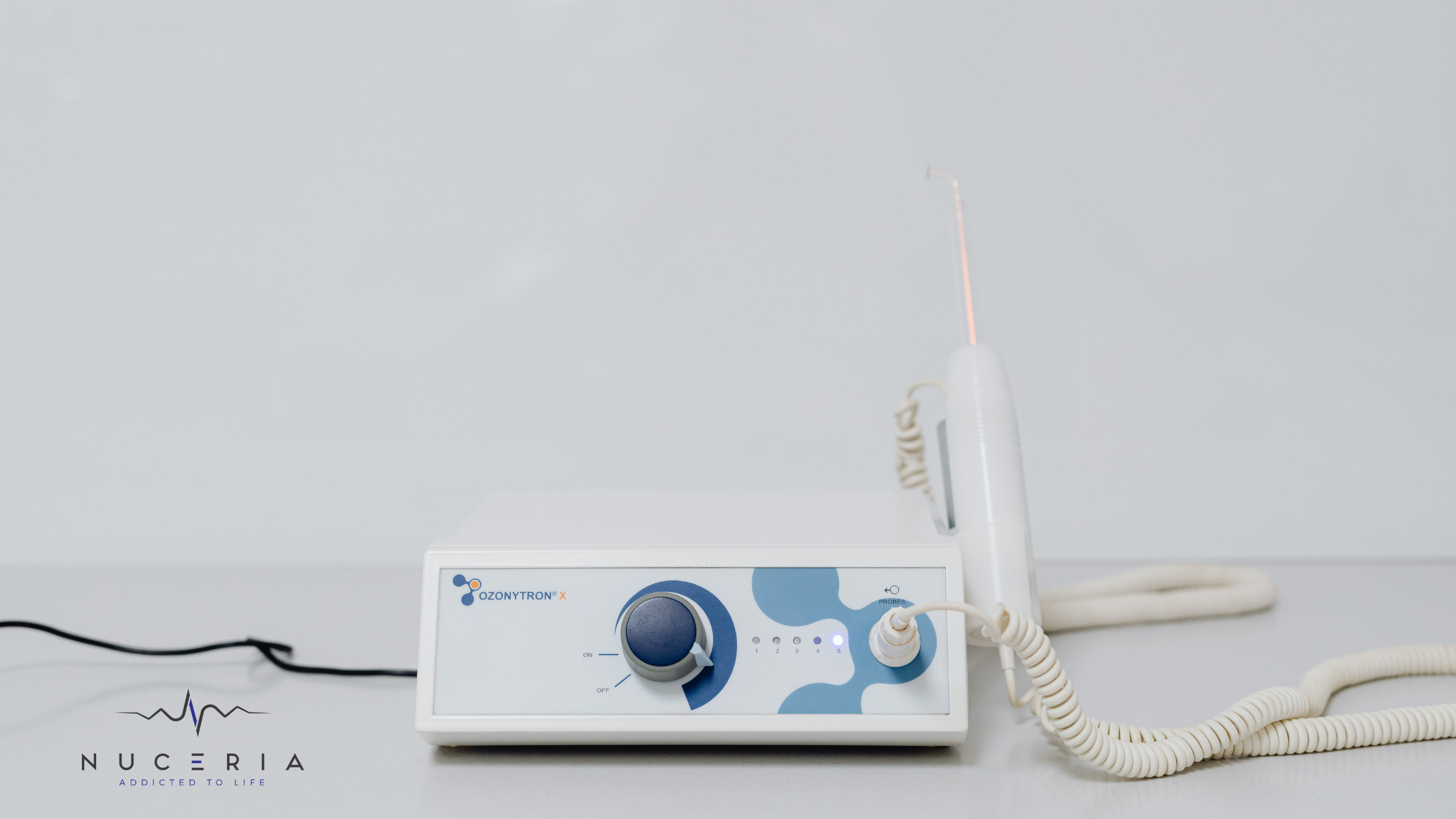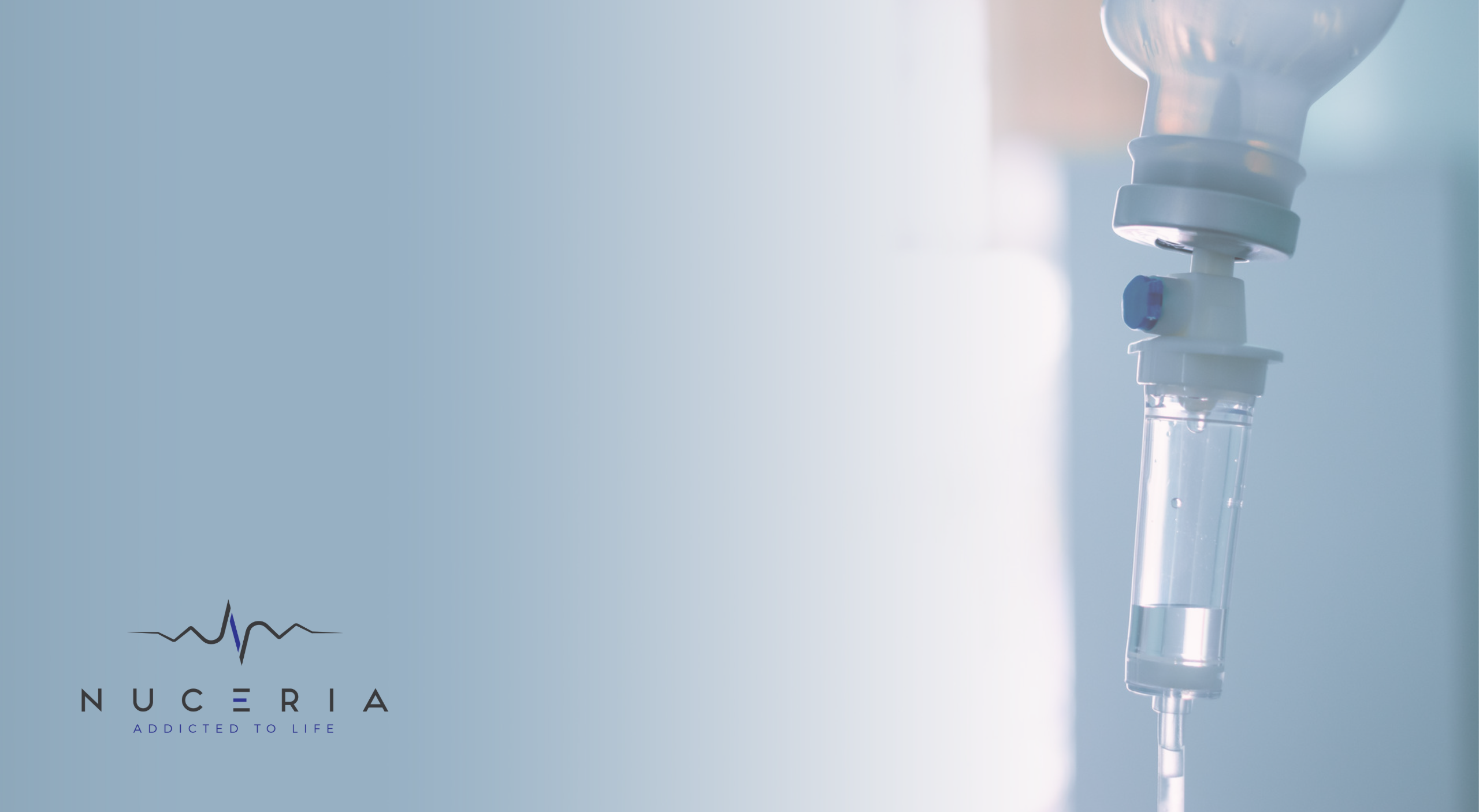Testosterone Therapy for Low Levels
Testosterone is responsible for deepening a man's voice, promoting muscle strength, and developing facial hair.
In addition, it also helps regulate sex performance and drive.
Men who experience low testosterone levels may need hormone replacement if a doctor determines they're a good candidate.
While many men experience symptoms of low testosterone, some may not experience any symptoms at all.
Before treating with testosterone therapy, healthcare professionals may try to manage the symptoms first.
If hormone replacement is a good option, the doctor will suggest this option to the patient.
Always wash your hands after applying testosterone gel. In addition, covering the area with clothing can help prevent transferring to other people.
Another form of testosterone therapy is known as pellets.
Pellets must be replaced every three to six months or as directed by a healthcare professional.
This administration method involves placing pellets under the skin in areas such as the hips or buttocks.
Some patients notice worsened sleep apnea from hormone treatments. Others may see their testicles decrease in size while their breasts enlarge. Patients prone to skin breakouts may notice more acne breakouts during treatment. In addition, patients may be at an increased risk for a blood clot during therapy. Clots can pose a serious risk if they travel to the lungs.
All patients should be screened for prostate cancer before starting testosterone therapy.
Some patients struggle to admit they need testosterone therapy. However, many patients experience great results from the treatments.
Testosterone therapy is at the discretion of doctors. Not all patients will be good candidates for this medication.
Testosterone therapy helps patients maintain normal blood testosterone levels.
There are various ways to administer the hormone testosterone.
One therapy, oral testosterone therapy, involves taking capsules that are digested through a patient's GI system.
Testosterone skin patches can be applied once per day for some patients.
The patch will release the hormone slowly into your skin.
Topical testosterone gel is used on the skin of the shoulders, arms, or thighs.
Every one to two weeks, your doctor will change the dose of your medication. The dosing will depend on your individual needs and medical history.
Changes in testosterone levels may also cause frequent mood changes, which can change drastically daily.
You can expect to notice an improvement in symptoms after about six weeks of testosterone therapy medications. Some patients, however, may experience benefits even sooner.
Some patients report feeling vigorous after taking testosterone medications.
Taking testosterone may make some patients feel more vibrant and youthful.
Taking testosterone may worsen prostate cancer or growth. Make your doctor aware if you have these conditions before starting therapy.
Testosterone therapy may increase your red blood cell count.
Testosterone therapy is not suitable for men with prostate cancer.
Patients with sleep conditions such as sleep apnea may not be eligible for this therapy. This also applies to patients with high hematocrit blood levels.
To help prepare for treatment, learn as much about testosterone therapy as possible.
Patients with congestive heart failure (CHF) should not take testosterone therapy.
Scheduling an appointment can allow you to discuss testosterone therapy with your doctor.
Request an appointment here: https://mynuceria.com or call Nuceria Health at (305) 398-4370 for an appointment in our Miami office.
Check out what others are saying about our services on Yelp: Wellness Center in Miami, FL.







